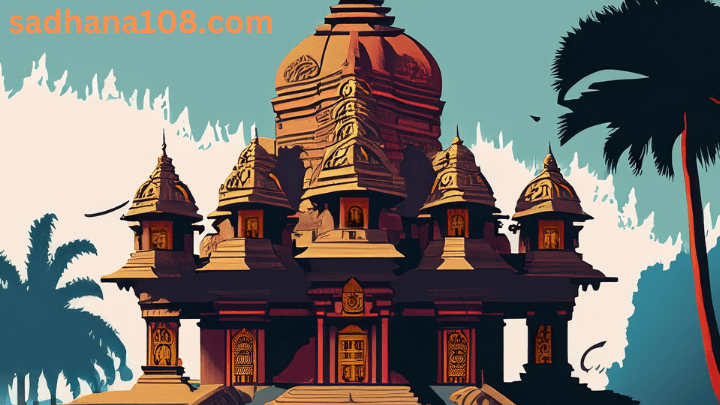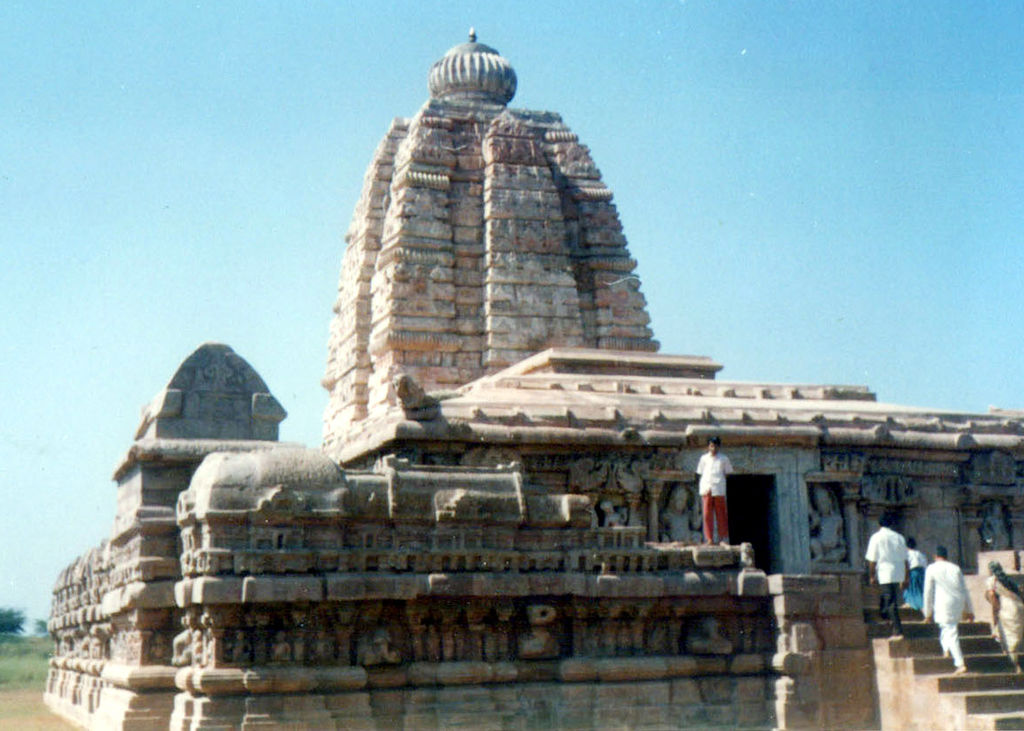Jogulamba Temple


The principal deities at the Jogulamba temple are Jogulamba and Balabrahmeshwara. Goddess Jogulamba is considered the 5th Shakti Peeta among 18 shakti peetams in the country. Here Goddess Jogulamba is seen seated on the Corpse with scorpion, frog, and lizard on the head. She is seen in a naked avtar with her tongue stretched outside, an avtar of fierce goddess that grants Siddhi in Yoga and hence called Jogulamba. This word is a changed form of Yogula Amma in Telugu which means Mother of Yogis.
According to a popular legend there was a great saint in 6th century called Rasa Siddha who had the power to convert base metal into gold and he was considered close to chalukya king Pulakesi II, instrumental in constructing any temples called ‘Nava Brahmas’. According to the legend, the nine names of Siva are actually the names of medicinal herbs put forth by Rasa Siddha and there are nine temples here. They are the Swarga Brahma Temple Padma Brahma Temple, Vishva Brahma Temple Arka Brahma Temple, Bala Brahma Temple, Garuda Brahma Temple, and Taraka Brahma Temple. The Siddha Rasarnavam is a tantric work, which states that if upasana is performed as per the prescribed Tantra, then Mercury oozes from the Linga of Bala Brahma, Thighs of Subramanya, Navel of Ganapati, and Mouth of Mother Jogulamba, which can be converted into Gold by using the medicinal herbs.
The Jogulamba temple stands as a testimony to Chalukya Art and Culture. The Tungabhadra and Krishna are seen in a confluence near Alampur, and hence it is also know known as Dakshina Kailasam. It is also said that Brahma had performed a great penance at today’s Alampur for thousands of years, and he pleased Lord Siva who conferred the powers of creation for him. Hence, the deity is also called Brahmeswara and the goddess as Yogini or Jogulamba, a synonym for mother Parvathi.